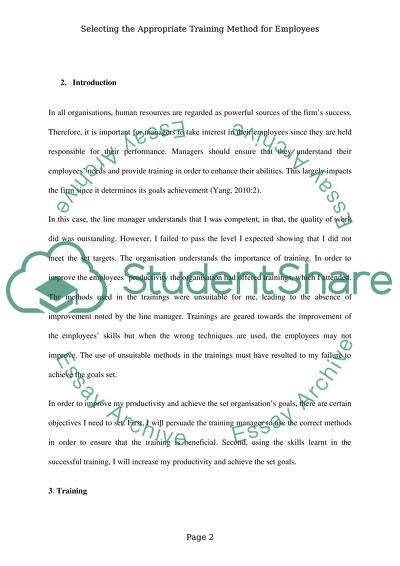Cite this document
(“Training Assignment Example | Topics and Well Written Essays - 1500 words”, n.d.)
Retrieved from https://studentshare.org/human-resources/1495805-training
Retrieved from https://studentshare.org/human-resources/1495805-training
(Training Assignment Example | Topics and Well Written Essays - 1500 Words)
https://studentshare.org/human-resources/1495805-training.
https://studentshare.org/human-resources/1495805-training.
“Training Assignment Example | Topics and Well Written Essays - 1500 Words”, n.d. https://studentshare.org/human-resources/1495805-training.


